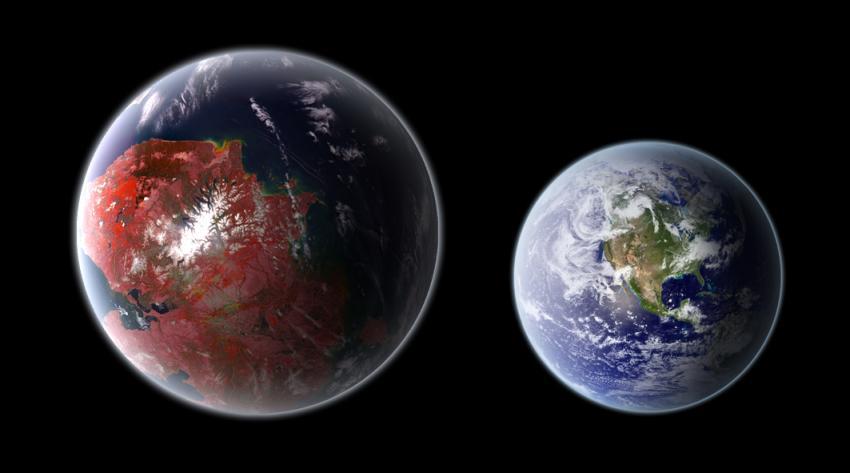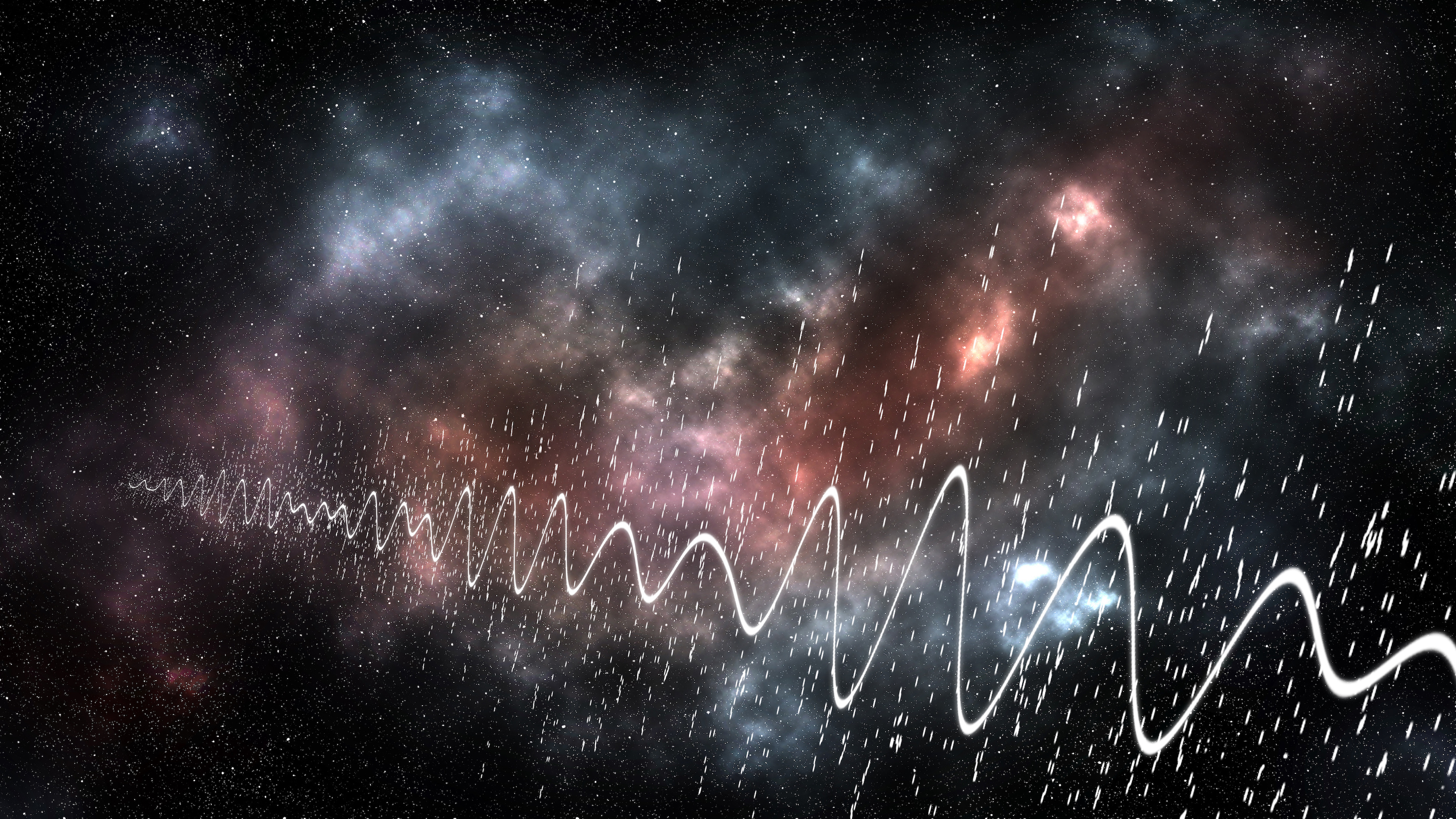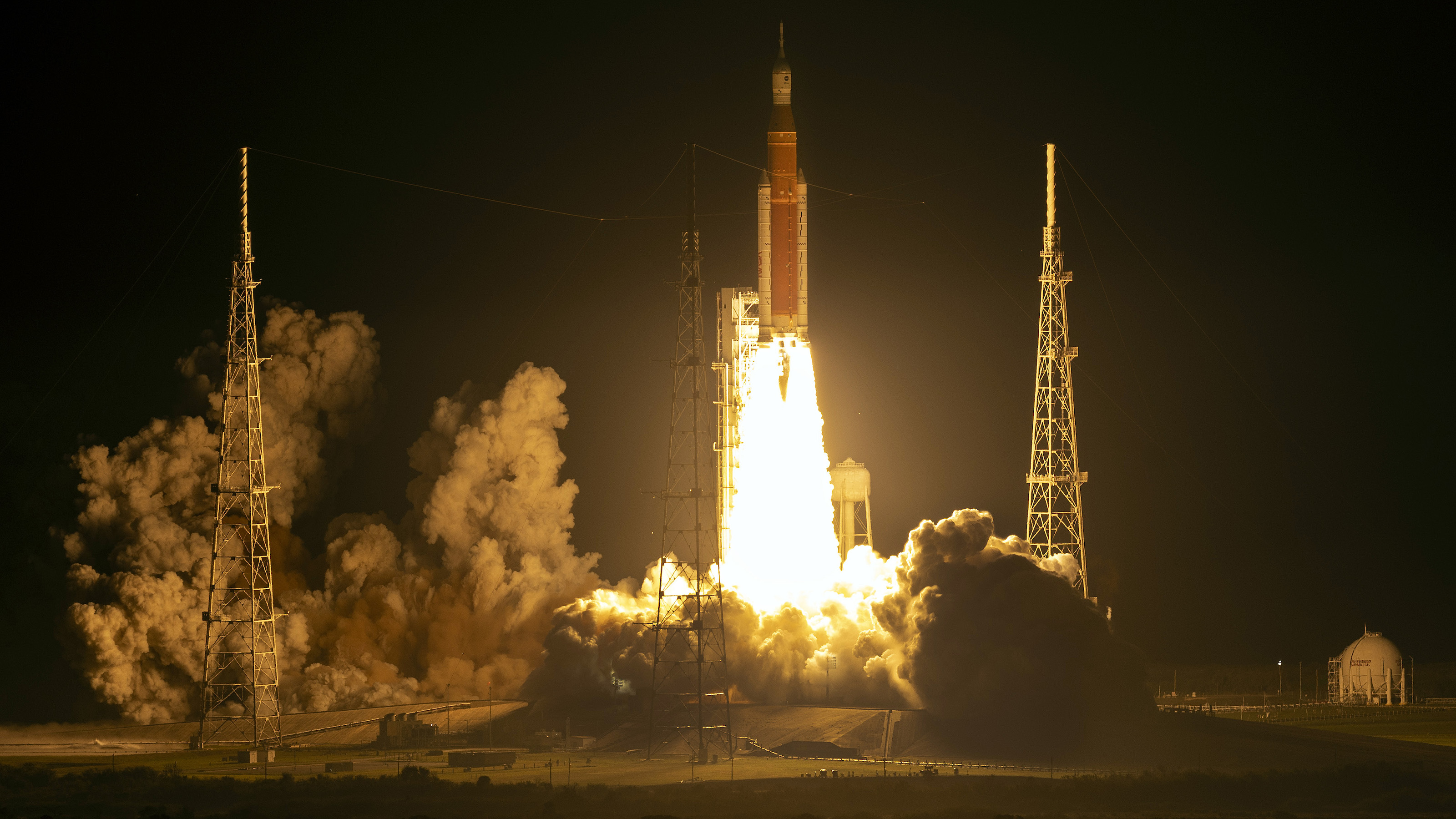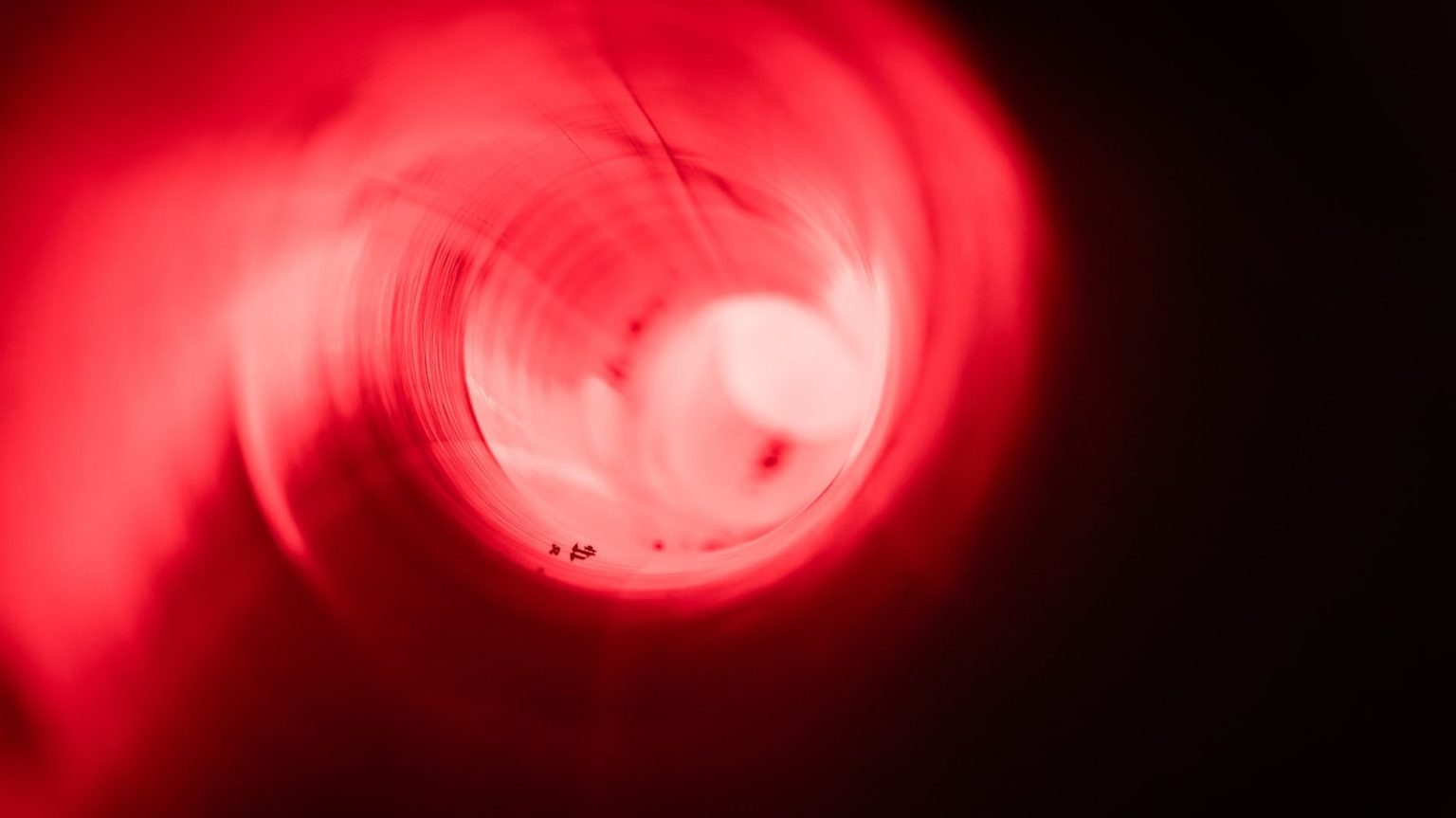How long until all life on Earth dies?

- Our world’s fate is tied to the Sun, which has about five billion years yet to live. However, we do not have that long.
- As its hydrogen fuses, the Sun gets progressively brighter — and the Earth’s surface temperature gets warmer.
- The biosphere uses negative feedback systems to counteract the warming of the Sun. But in a mere billion-odd years, these won’t be enough anymore, and all life on Earth will die.
The end is near. This is often prophesied, and if you are thinking on astronomical time scales, it really is true.
It is curious how most of us would rather not think about our own mortality, but we do have a fascination with cataclysmic endings on the cosmic scale. There is something a bit delightful in considering an inevitable apocalypse. That’s why today we want to consider how the Earth and its life will end.
The Sun cannot win forever
Earth’s doomsday clock started ticking before the planet even appeared. Our world’s fate is entirely linked to the Sun, its energy source. The Sun is now five billion years old, and it has always been living on borrowed time.
Like all stars, the Sun is at war with its own gravity. The inward crush of 1.989 x 1030 kilograms of mass provides the pressure to squeeze hydrogen nuclei together and fuse them into helium. Because E = mc2, some of hydrogen’s nucleic mass is transformed into energy — into light — which eventually makes it to the Sun’s surface. From there it escapes into space and, among other things, it warms the Earth. This struggle has been going on since the Sun was born. It is a war the Sun is destined to lose.
If hydrogen is the fusion fuel powering the Sun, then at some point that fuel will run out. What matters here is the hydrogen in the Sun’s core, the only place where pressure and temperatures are high enough to drive thermonuclear fusion. Once the core hydrogen is gone, about five billion years from now, the Sun will run into trouble. With nothing but inert Helium ash lying at the center, the gravitational crush on the core will increase. From this point onward, the Sun only has about 100 million years left. It will desperately reconfigure itself in an attempt to keep the energy flowing, eventually shrinking its core and swelling its outer layers to become what we call a red giant star. During its final act as a red giant, the Sun will probably become so large it will engulf the Earth. Our planet’s history will end as it enters the scorching outer layers of its parent star.
If you take comfort in the thought that life has another five billion years ahead of it before the Earth ends, don’t. Five billion years is how long the planet has left. The biosphere has far less time.
Life is about feedback
The problem starts once again with the war between a star and its gravity. Even as hydrogen happily burns in the Sun’s core, there are still changes happening. With every kilogram of hydrogen mass that is fused, the Sun’s inner regions readjust, contracting slightly and raising its temperature slightly as well. But the rate at which nuclear fusion generates energy is very sensitive to temperature. Even tiny increases in the core’s temperature produce noticeable increases in the Sun’s luminosity. That means the Sun has slowly been getting brighter throughout its history.
That slow increase is what will doom the Earth’s biosphere long before the Sun becomes a red giant. This is because there is a direct link between the Sun’s brightness and the Earth’s surface temperature. Increasing the former will increase the latter.
The biosphere does mediate such temperature increases through what we call negative feedback. If increasing the Earth’s surface temperature, for example, leads the biosphere to trigger more reflective cloud cover, then more sunlight will get bounced back into space, helping to keep the planet cool. But negative feedback can only work for so long. As the Sun keeps getting brighter, it will eventually trigger runaway effects that spell doom for the biosphere.
The most important of these is the evaporation of the oceans. Water vapor is a far more potent greenhouse gas than the CO2 we worry about in the era of climate change. When the Sun gets bright enough to evaporate seawater at high enough levels, the atmosphere begins to fill with water vapor, and a moist runaway greenhouse begins. This is an era of positive feedback. Evaporation makes the planet hotter, which leads to more evaporation, which makes the planet hotter, and so on. Eventually the planet becomes so hot that it tumbles past the boundaries of life. Earth’s inhabited era is over.
Don’t go maxing out your credit card
So how long do we have until the Earth’s biosphere dies? Remarkably, life on Earth only has a billion or so years left. There is some uncertainty in the calculations, but recent results suggest 1.5 billion years until the end. That is a much shorter span of time than the five billion years until the planet is engulfed by the Sun. (Though still long enough that you need not change your investment strategies.)
This little exercise in pondering planetary mortality is certainly fun on its own, but let me leave you with a deeper question to ponder. Life began at least 3.5 billion years ago. If we have only 1.5 billion years left, then humans showed up much closer to the end of the planet’s habitable phase than the beginning. What, if anything, does that tell us about the prevalence of intelligent life in the Universe?





